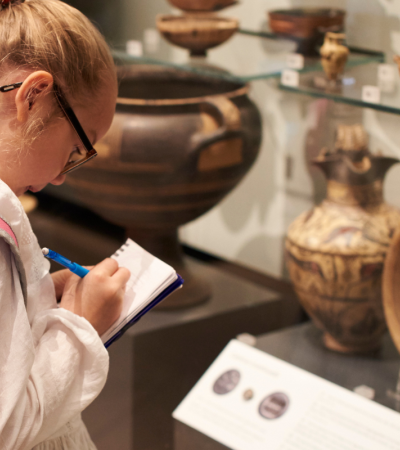It’s fair to say that COVID made for a meaningful — and very steep — learning experience for librarians. We became adept at virtual programs, no-touch lending, adopting social distancing, health and safety rules and much, much more.
The pandemic showed that librarians across the nation are resilient, flexible and innovative. Today, we are re-learning old practices and adapting to a changing library environment. Although the foot traffic at our small library in Northern New Jersey is still pretty low, especially among senior citizens, we are pleased that our circulation and public computer use are back to pre-pandemic numbers.
One recent change we are observing is the way our constituents use and enjoy our programs. Our weekly yoga and Qi Gong programs are still very popular, as are our fiber arts and craft programs for both adults and children. However, attendance at any kind of humanities programming such as literary presentations or history lectures is abysmally low. It seems that a year and a half of online programs has soured our audience of “talking head” events.
In many ways, the library serves as the nation’s provider of access to all kinds of free humanities education on cultural topics ranging anywhere from the classics to visual arts. How can we re-engage and re-interest our constituents in the humanities? One way is to combine a humanities program with a craft activity. Patrons of all ages enjoy a hands-on, interactive activity, so why not add a bit of culture to give the program a bit of depth?
Here are four examples of hands-on programs we have featured and some we are looking to schedule in the coming months.
Image
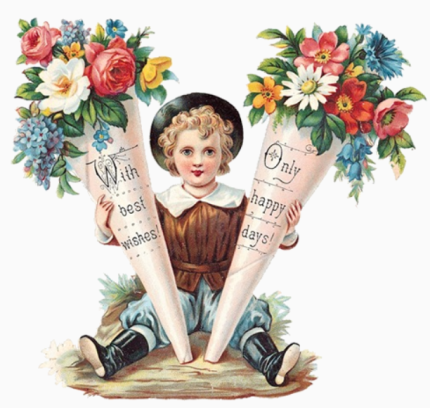
It’s Valentine’s Day: Let Your Bouquet Talk

This was a very popular program held in connection with Valentine’s Day 2022 and featured a lecture on the tradition of communicating with flowers and a workshop on how to create a Victorian “tussie-mussie.”
This guide on Petal Republic is a great introduction to floriography and Flower Magazine has a good tussie-mussie tutorial. When we implemented this program, we skipped the bit with the lace and opted to make paper cone holders instead.
Other excellent resources for research are the books “Tussie-Mussies: The Victorian Art of Expressing Yourself in the Language of Flowers” by Geraldine Adamich Laufer and “A Victorian Flower Dictionary: The Language of Flowers Companion” by Mandy Kirby with an introduction by Vanessa Diffenbaugh.
We offered a similar program around the winter holidays on the history of pomanders (think: Black Death!) and how to make orange-clove pomanders.
Image
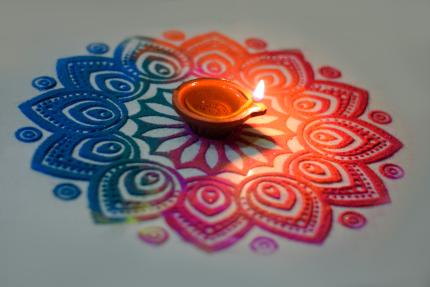
Welcome! Hospitality Traditions of the World

This program sprang out of a workshop on rangolis, the Indian folk-art tradition of creating a beautiful symmetrical design by the front door every morning to welcome gods, good fortune and guests. We became curious about how people across cultures welcomed visitors to their homes and designed a program to showcase some traditions.
For our program, a neighbor from northern India showed the mixed-age audience how to design a rangoli on graph paper.
To help prepare for this workshop, recommended online resources on welcoming traditions include “Gestures of Welcome from Around the World" and “The Khata Tibetan Scarf." There are also many how-to videos on how to use graph paper to create rangoli — less of a cleanup than bringing sand into the library!
The Quilts of Gee’s Bend, Alabama
Image
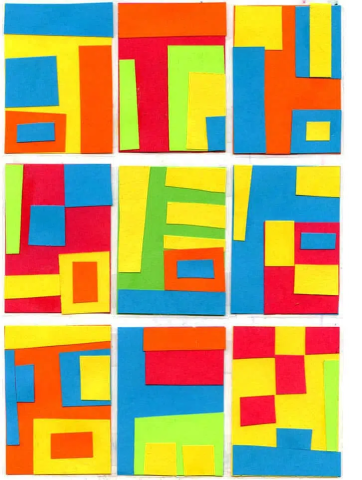

This program presents the history and tradition of the distinctive quilts designed by the African American community of Gee’s Bend, Alabama. The program also includes a craft of DIY Gee’s Bend-inspired paper collage on mini canvases.
The history of the Gees Bend quilters is fascinating, and their works are both timeless and modernistic. The Gee’s Bend community was also deeply involved in the Civil Rights movement of the 1960s.
For the crafting portion of the program, there are great tutorials for children on how to create a Gee’s Bend-inspired construction paper collage.
Image
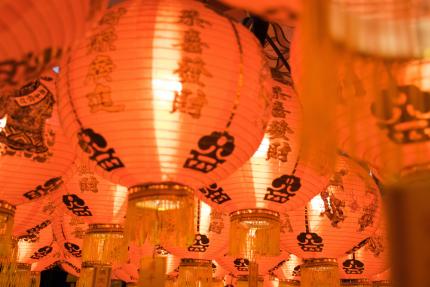
Light Festivals of the World

Light festivals are a tradition practiced in many parts of the world. The festivals are rooted in traditions that observe the solar or lunar cycles, though not all are. Beginning with the Lunar New Year (January 21 – 27, 2023), our library is planning quarterly workshops on light festivals of the world. Each workshop will incorporate a lantern-making activity that highlights a specific world tradition.
January: Lunar New Year, East and Southeast Asia
Commonly referred to as Chinese New Year, this festival is celebrated all over Asia, particularly East Asia, to signify the beginning of the new lunar cycle. Lunar New Year is the biggest celebration in China, but it is also celebrated by communities in Korea, Taiwan, Japan and Vietnam, among many others.
There are many resources available on Lunar New Year celebrations and traditions. Some inspiration and information can be found on History.com and Case Western Reserve University’s website on Lunar New Year.
There are many craft possibilities that come along with a Lunar New Year workshop. A popular and easy craft activity would be creating red and gold Chinese lanterns.
March: Nowruz, Persian New Year
Nowruz signals the beginning of spring in the northern hemisphere. With its origins in Iran, this holiday is celebrated by millions of people around the world from a diverse array of communities.
International Nowruz Day was proclaimed by the United Nations General Assembly in 2010.
Craft activities that tie in nicely with the light festival theme include these DIY fishbowl tissue paper lanterns. Other Nowruz-specific craft ideas can be found on Pinterest.
October: Diwali, India
Diwali celebrates the triumph of good over evil and marks the beginning of the Hindu New Year. It is India’s biggest holiday of the year spanning over five full days of celebration with each day signifying something different.
The celebration spans over five days (rangoli, as mentioned above, are also a large part of Diwali celebrations) and feature the lighting of small clay lamps known as diyas. Diya lamp-making is a good craft idea for this celebration.
December: Kwanzaa, USA
Close to home, this African American celebration of traditional African values takes place December 26 -January 1 every year.
A prominent feature of Kwanzaa is the seven candles, the Kinara, each symbolizing a principle of African culture. An easy craft using recycled material is a DIY Kinara.
If you are looking for inspiration for more gorgeous light festivals around the world, take a peek at this article.
These are just a few examples of how the library can raise awareness of the humanities by incorporating a related, interactive activity in an educational program.
Crafts are a great way of introducing a cultural tradition, but the related activities could also feature movement — think Qi Gong or adumu, the Maasai jumping dance. Food is also a wonderful way to experience cultural traditions, but as an old LIS professor of mine always said: “If there’s food, they will come.” But do check with your health department first!
Funding for this article has been provided by the National Endowment for the Humanities (NEH) as part of the American Rescue Plan: Humanities Organization Grant.



